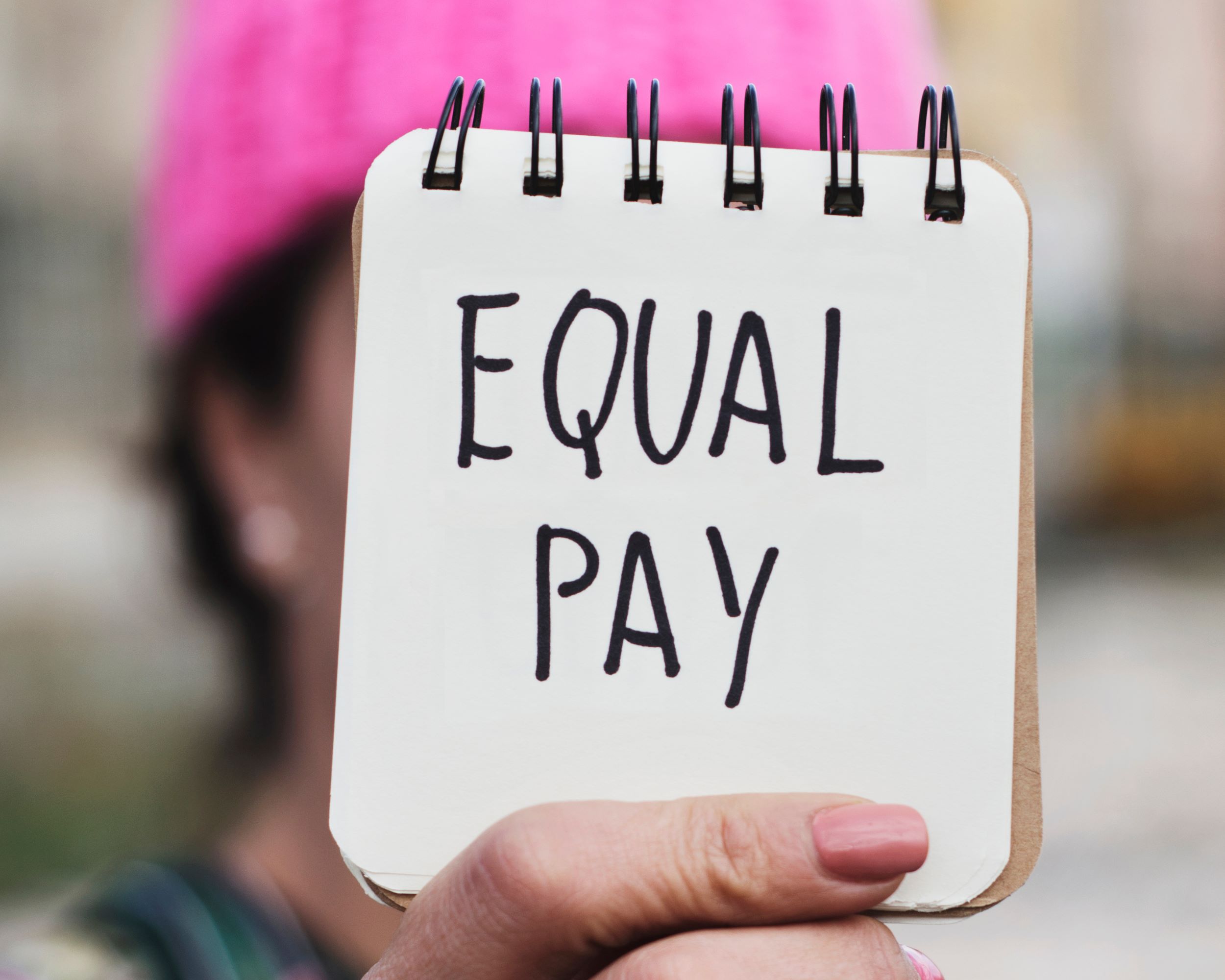
Ever wondered why April 9th holds a special place on the calendar? Well, it's National Equal Pay Day, a day dedicated to highlighting the wage gap between men and women. It's a day that screams for attention, demanding a closer look at how far we've come and how much further we need to go in achieving wage equality. National Equal Pay Day isn't just another date; it's a call to action, a reminder that in the fight for fairness, every penny counts. So, why is this day so crucial, and what can we learn from it? Buckle up, because we're about to dive into the world of wages, disparities, and the ongoing battle for equal pay. With 12 eye-opening facts, you'll see why this day is not just a mark on the calendar but a milestone in the journey toward equality.
Key Takeaways:
- National Equal Pay Day, on April 9th, highlights the extra time women need to work to match men's earnings from the previous year, sparking awareness and action for gender pay equality.
- Efforts to close the gender pay gap include legislation, corporate policy changes, and public awareness campaigns, aiming to create a more equitable workforce for all genders.
What is National Equal Pay Day?
National Equal Pay Day symbolizes the ongoing struggle to achieve gender pay equality. It marks the day into the new year that women must work to earn what men did in the previous year. Despite advancements, a significant wage gap persists, underscoring the need for awareness and action.
- National Equal Pay Day falls on April 9th, highlighting the extra time women, on average, need to work to match men's earnings from the previous year.
The Origin of National Equal Pay Day
The concept of National Equal Pay Day originated from public awareness campaigns to highlight the wage gap between men and women. It serves as a call to action for individuals, businesses, and policymakers to address this inequality.
- The National Committee on Pay Equity (NCPE) initiated National Equal Pay Day during the early 1990s as a public awareness event to illustrate the gap between men's and women's wages.
Why April 9th?
Choosing April 9th as National Equal Pay Day is not arbitrary. It reflects the additional days into the new year that women must work to earn what men did by December 31st of the previous year, based on average earnings.
- April 9th was selected to symbolize how far into the next year women need to work to earn what men did in the previous year, making it a powerful symbol for wage equality advocates.
The Gender Pay Gap: A Closer Look
The gender pay gap is a complex issue influenced by various factors, including occupation, age, race, and education. Despite progress, women still earn significantly less than men on average across most professions.
-
Women, on average, earn approximately 82 cents for every dollar earned by men, a statistic that has shown slow improvement over the years.
-
This gap widens for women of color, with Black women and Latina women earning even less compared to their white male counterparts.
Efforts to Close the Gap
Efforts to close the gender pay gap have included legislation, corporate policy changes, and public awareness campaigns. These initiatives aim to create a more equitable workforce for all genders.
-
The Equal Pay Act of 1963 was a landmark piece of legislation aimed at abolishing wage disparity based on sex.
-
Many companies have begun conducting internal audits of their pay practices to identify and address disparities.
The Impact of Equal Pay Day
National Equal Pay Day not only raises awareness but also encourages action from various sectors of society. It's a day for reflection, advocacy, and commitment to change.
-
Recognizing National Equal Pay Day helps keep the conversation about gender pay equality in the public eye, encouraging ongoing efforts to close the gap.
-
Beyond awareness, this day serves as a reminder for employers to evaluate and rectify their pay practices.
Global Perspectives on Equal Pay
While National Equal Pay Day focuses on the United States, the issue of pay inequality is a global challenge. Many countries have their own observances and strategies to combat wage disparities.
- Countries around the world, including Iceland, New Zealand, and the United Kingdom, have implemented their own versions of Equal Pay Day to highlight and address the wage gap.
The Future of Equal Pay
As society progresses, the goal of achieving equal pay for equal work remains a priority. Continued advocacy, education, and legislative efforts are essential to close the gender pay gap fully.
-
With increased awareness and action, the future holds promise for narrowing the gender pay gap, though significant work remains to be done.
-
Technology and data analytics offer new tools for identifying and addressing pay disparities, potentially accelerating progress towards wage equality.
A Final Nod to Equal Pay Day
Equal Pay Day isn't just another date on the calendar. It's a stark reminder of the ongoing struggle for wage equality across genders. Marking this day, we've delved into facts that shed light on disparities, legislative efforts, and the collective push towards a fairer workplace. Remember, every discussion, policy change, and initiative brings us a step closer to closing the wage gap. It's about fairness, respect, and recognizing the value of every individual's contribution, irrespective of gender. As we move forward, let's carry the spirit of Equal Pay Day throughout the year, advocating for change, and ensuring that our workplaces reflect the principles of equality and justice. Together, we can make a difference, one step at a time.
Frequently Asked Questions
Was this page helpful?
Our commitment to delivering trustworthy and engaging content is at the heart of what we do. Each fact on our site is contributed by real users like you, bringing a wealth of diverse insights and information. To ensure the highest standards of accuracy and reliability, our dedicated editors meticulously review each submission. This process guarantees that the facts we share are not only fascinating but also credible. Trust in our commitment to quality and authenticity as you explore and learn with us.


